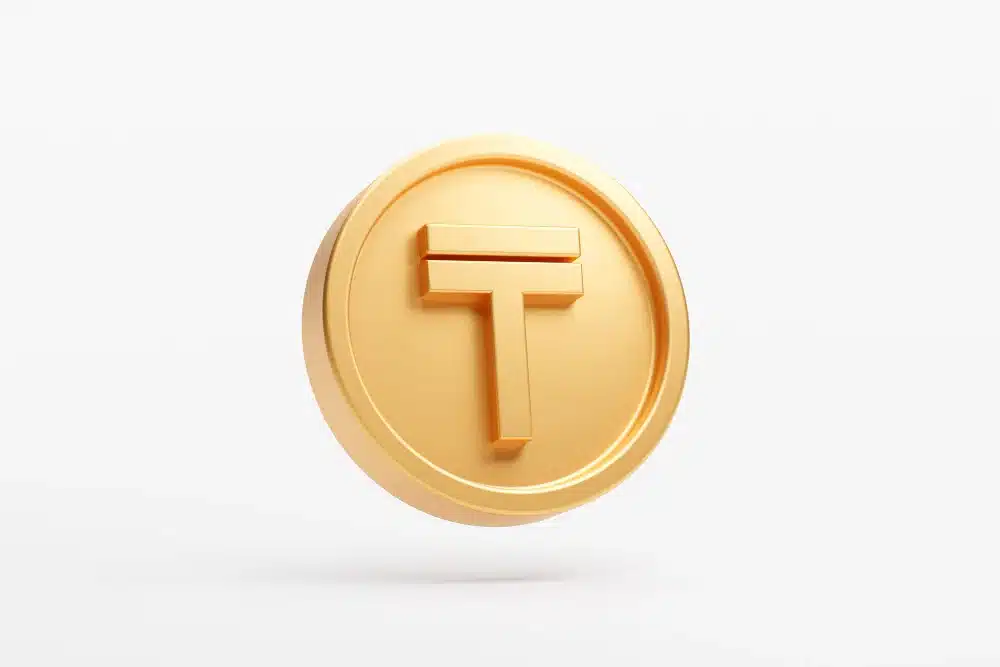- Tether’s new Mining OS gives miners full control and independence.
- Open-source system supports setups from small rigs to industrial farms.
- Integration with AI enables real-time optimization and mining efficiency boost.
Tether is preparing to release its own open-source Bitcoin Mining Operating System (MOS) before the end of the year. CEO Paolo Ardoino confirmed that the software is currently undergoing tests and is designed for a wide range of mining setups, from personal rigs to industrial-scale farms.
Ardoino stated that the MOS will have a peer-to-peer network of the modular IoT structure that is capable of supporting a variety of cooling and electrical system arrangements. This comprises immersion systems, an air cooling system, and a hybrid infrastructure, providing scalability to various operating environments.
Tether also seeks to break the mining software market by introducing MOS. The firm intends to eliminate the extreme dependence on third-party vendors and bespoke platforms that have overtaken the sector. Miners will have stronger control over their infrastructure, and the risks of becoming vendor-locked will be reduced, making them more independent.
Moreover, the platform will make it cheaper for small miners to enter the mining industry. Tether’s decision to introduce the operating system as open-source is expected to draw new entrants into Bitcoin mining, which can further enhance the decentralization of its hash power.
Also Read: Wellgistics Health Just Made a $50M XRP Bet—Here’s What It Means
Tether Expands Strategy to Reshape Mining and Blockchain Ecosystems
The upcoming MOS will also be integrated with Tether’s AI platform, QVAC, to enable real-time performance optimization using machine learning. This will allow mining farms to monitor systems and fine-tune operations for higher efficiency.
On another note, Tether is also dropping support on some of the aged blockchain networks in the broader move. Beginning September 1, 2025, it will stop its redemption and freeze USDT balances on Algorand, EOS, Omni, Kusama, and Bitcoin Cash SLP chains. The chains are currently viewed as being obsolete because they are no longer used and their liquidity is low.
The company is shifting its energies to a blockchain with good activity and scalability. USDT will be predominantly used on Ethereum, Tron, and certain Layer 2 solutions in the future.
Tether also believes in the future of decentralized mining. Recently, the business became a partner of Ocean, the mining pool, in decentralizing block production. It also bought an equity stake of 70 percent of the South American agriculture company Adecoagro for approximately $600 million, which indicated that it planned to incorporate the use of USDT in both commodity trade and renewable energy support.
USDT is the most prominent stablecoin in the world, with more than 60 percent market control and a circulating supply of more than 160 billion. Its trading volume is usually above $150 billion, making it one of the most feared instruments in digital finance.
Conclusion
Tether’s open-source mining OS signals a strong push to disrupt the current structure of Bitcoin mining. With added investments in blockchain ecosystems and infrastructure, the company is positioning itself to play a central role in the future of decentralized mining.
Also Read: Arthur Hayes Just Bought Millions in ENA Tokens—Is a Price Surge Coming?
